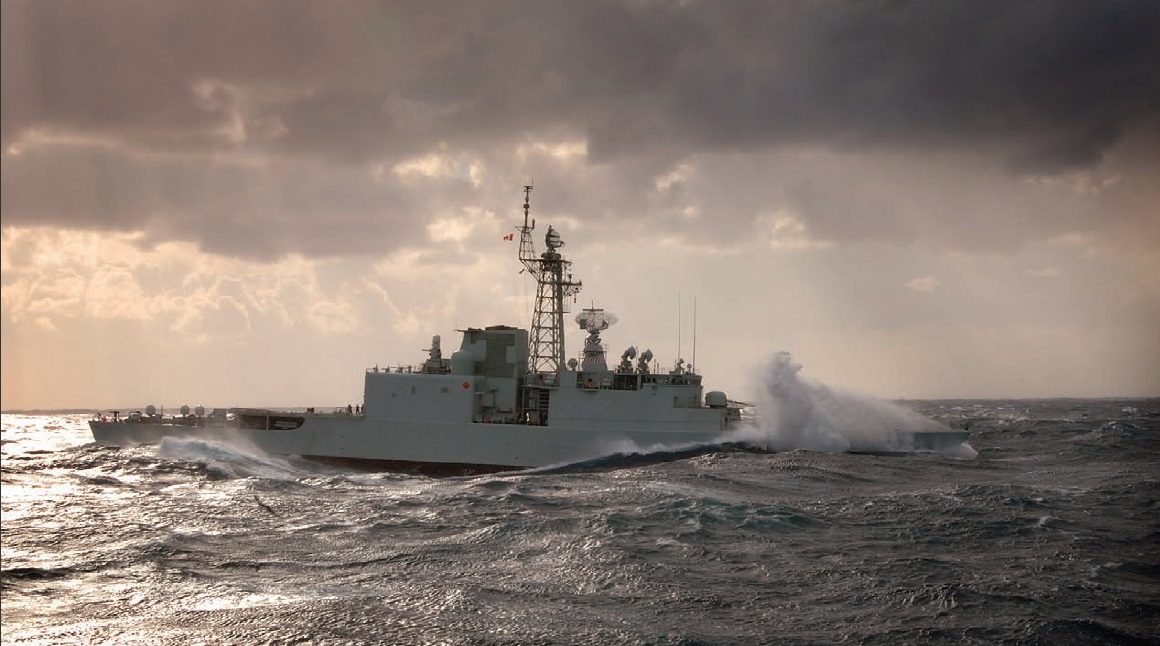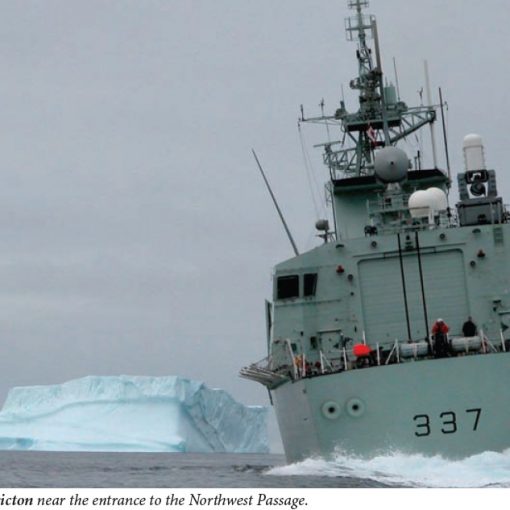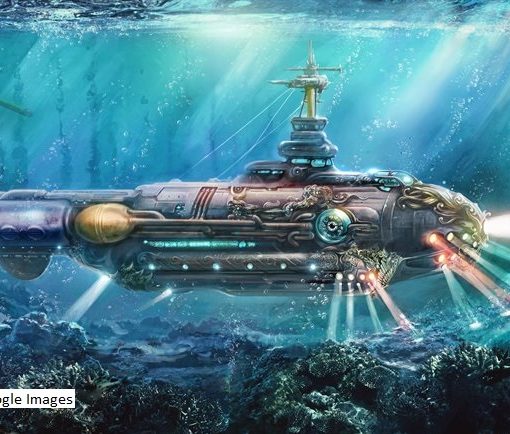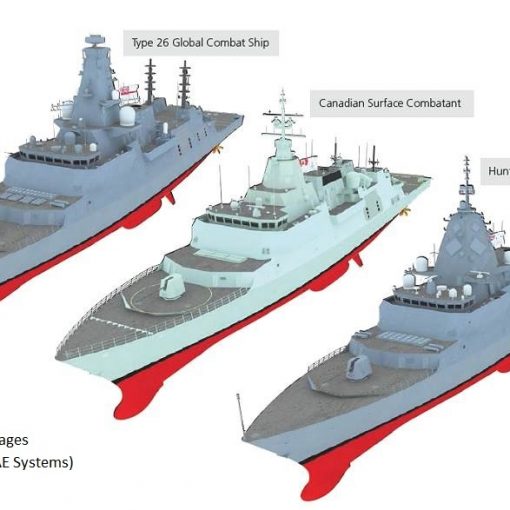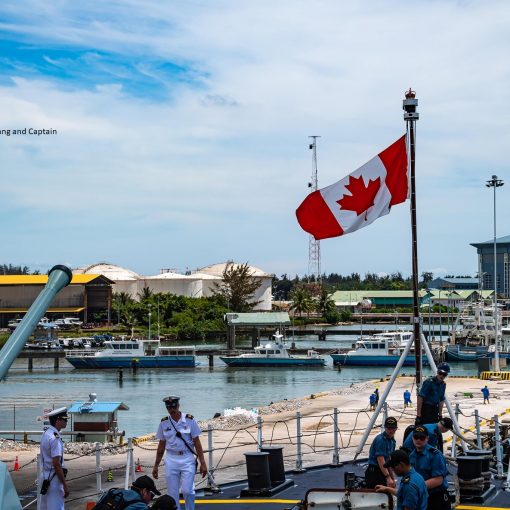Dave Shirlaw, editor and publisher of the on-line SeaWaves Magazine, wrote this commentary in the December 8th issue:
“With the upcoming retirement of USS Enterprise in 2011, [the] Canadian destroyer Iroquois will become the world’s oldest frontline surface combatant. Iroquois will enter the Irving Halifax Shipyard next week for yet another refit, the value of which is highly suspect. With the Canadian Government’s shipbuilding policy in complete disarray, the eventual replacement of Iroquois and her two surviving sister ships (Athabaskan and Algonquin) seem highly unlikely.”
Mr. Shirlaw’s comments questions the validity of the refit but acknowledge both the age of the ship and the lack of a replacement any time soon. Unless the navy decides it can get by without their command and control and area air defence capabilities, there is little choice but to go ahead with the refits and keep the three remaining ships in the Iroquois-class seaworthy.
While the age of the Iroquois-class ships is a simple fact, the capability they represent is independent of their age. Maritime security in the information age requires the ability to receive, display, analyse and disseminate enormous amounts of data. There are human, physical and technical dimensions to the ‘volumetrics’ of this challenge. Put simply, the frigates cannot function in the role of a leader for a group of ships if the information flow rate is high; they simply do not have the pre-requisite capacities. So, if we wish Canadian command authority to make tactical decisions on how Canadian naval forces will be employed in potentially dangerous circumstances, the destroyers must be maintained. If we do not value this capability, there are only two other choices. First, we accept that another country’s command authority will direct Canadian naval forces or, second if we do not accept foreign command authority, we must limit the types of circumstances and missions in which Canadian naval forces will be employed.
There are a lot of ‘ifs’ in the preceding paragraph. History, which is a good subject for the centenary year of the navy, has show that Canadian naval forces are the first to be deployed to trouble spots around the world. Questions of capability mismatches do not generally dictate whether or not the ships will be sent. The ad hoc nature of Canadian short-notice planning for expeditionary operations is unlikely to change. It would be nice if that were not the case, but I, for one, do not expect the government or the navy to ‘change their spots’. The government will make whatever decisions they think are in the best interests of Canada, and the navy will remain true to its cultural creed: Ready, Aye, Ready.
The most intriguing dimension of this issue is the dynamic tension between the navy’s need to maintain the destroyers and its desire to upgrade the capabilities of the frigates. While the frigates are frequently referred to as “the workhorses of the fleet,” it is the destroyers that are the “brains of the operation.” I wrote [in “The Superior-Simple Ship Fleet Construct”], “The superior ship must encompass as many advanced capabilities as the state can afford as it will be the major enabler for new missions.” (CNR, Summer 2007, p. 7.) For the Canadian navy, the Iroquois-class destroyers are the superior ships and enablers for missions that require national command authority and advanced capabilities. The age of the ships only becomes relevant when they can no longer reliably deliver those capabilities. The real questions now are, first, are we at that point, and, second, which is more important, the destroyers or the frigates?
The sinking of HMCS Huron on 14 May 2007 as a ‘target’ seemed to indicate, at that time, the navy believed the frigates were more important to the future of the fleet than the destroyers. A personnel shortage, not the material state of the ship, was quoted as the reason for the decision to take her out of commission. A schematic used by the Chief of Maritime Staff to brief the future fleet plan previously showed the timelines to the future for the destroyer and frigates merging and running through the “Future Canadian Surface Combatant.” More recent versions of the same diagram shows the lines for destroyers and frigates remaining separate as the years advance toward the new ship. There is no way to read into the diagram which is viewed as being more important. Only time will tell. For now, the navy is simply buying time.

